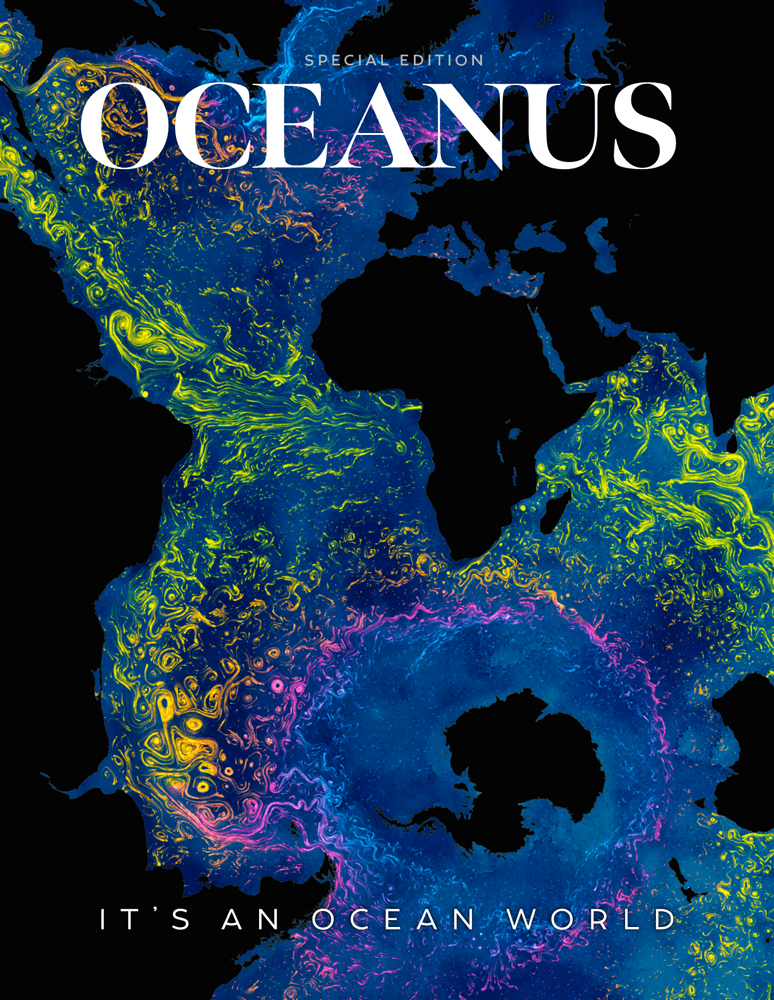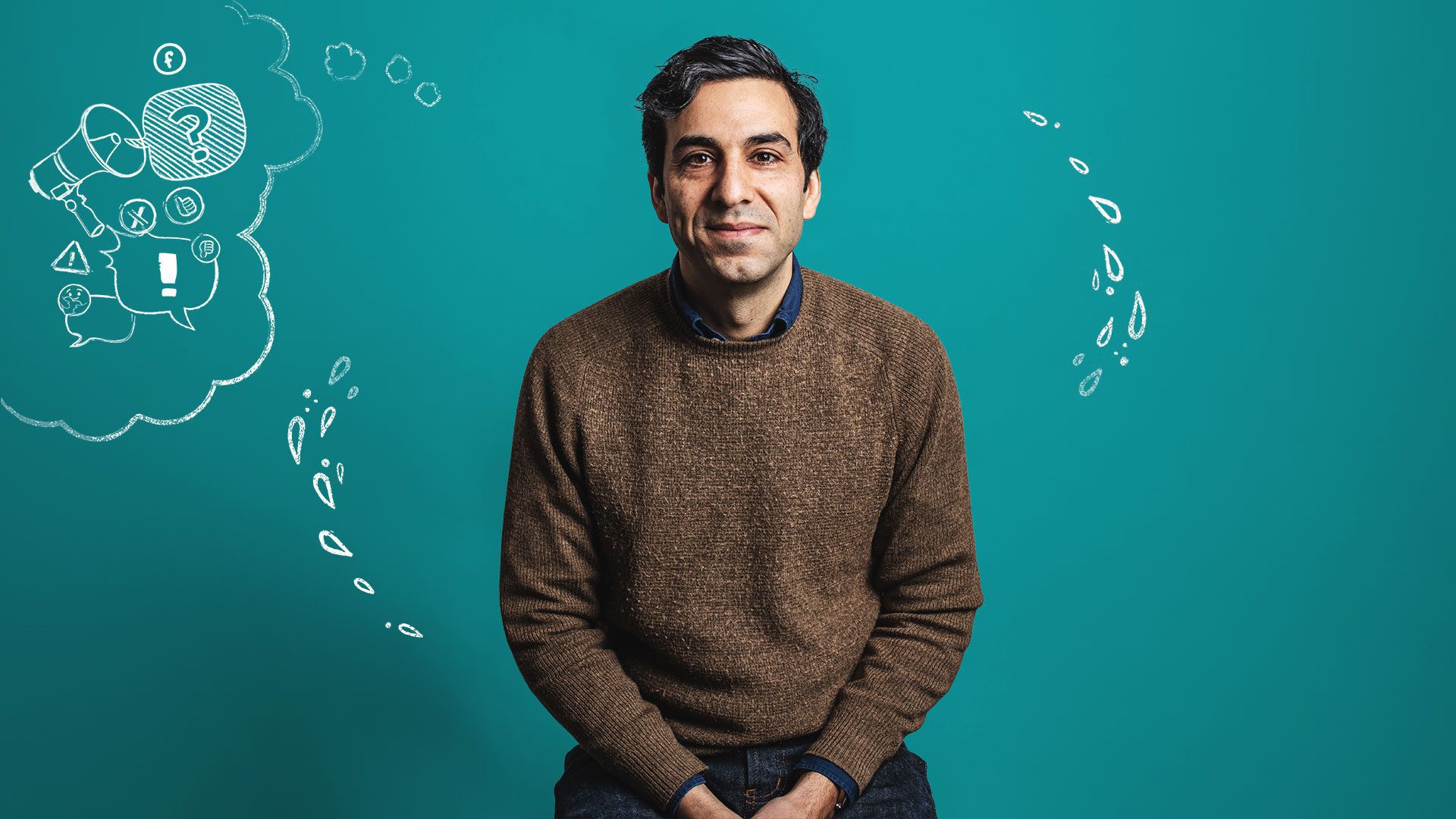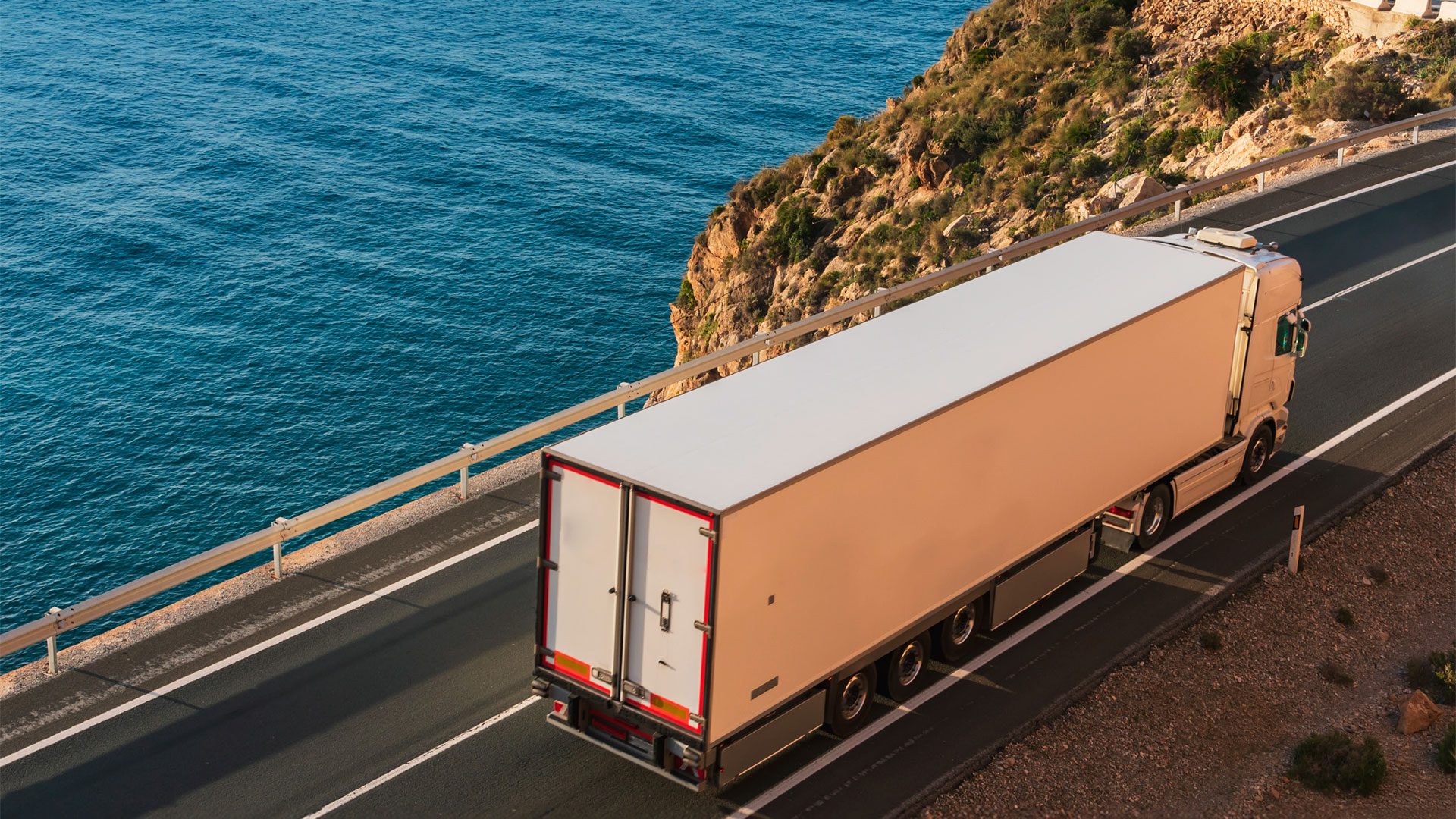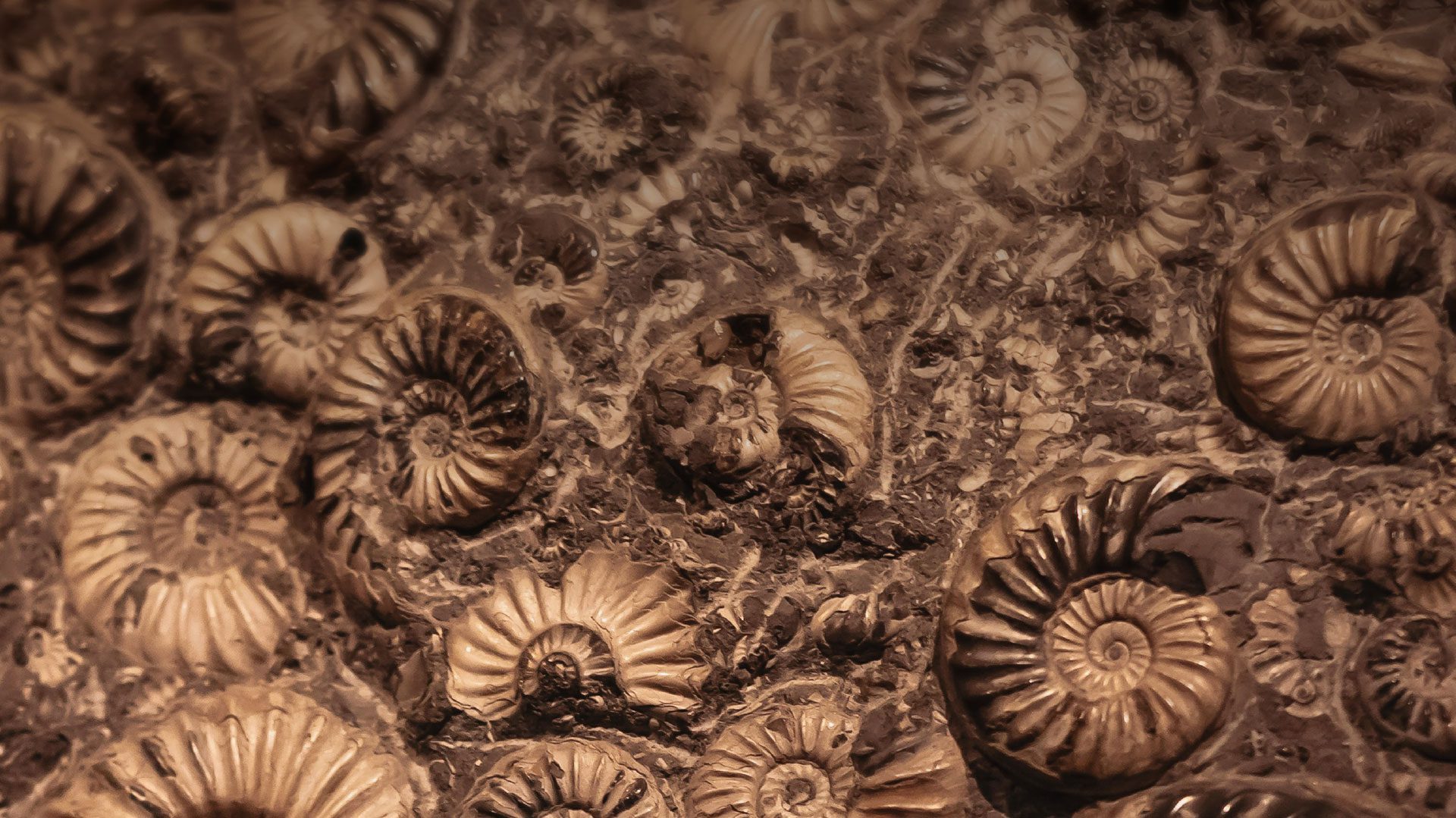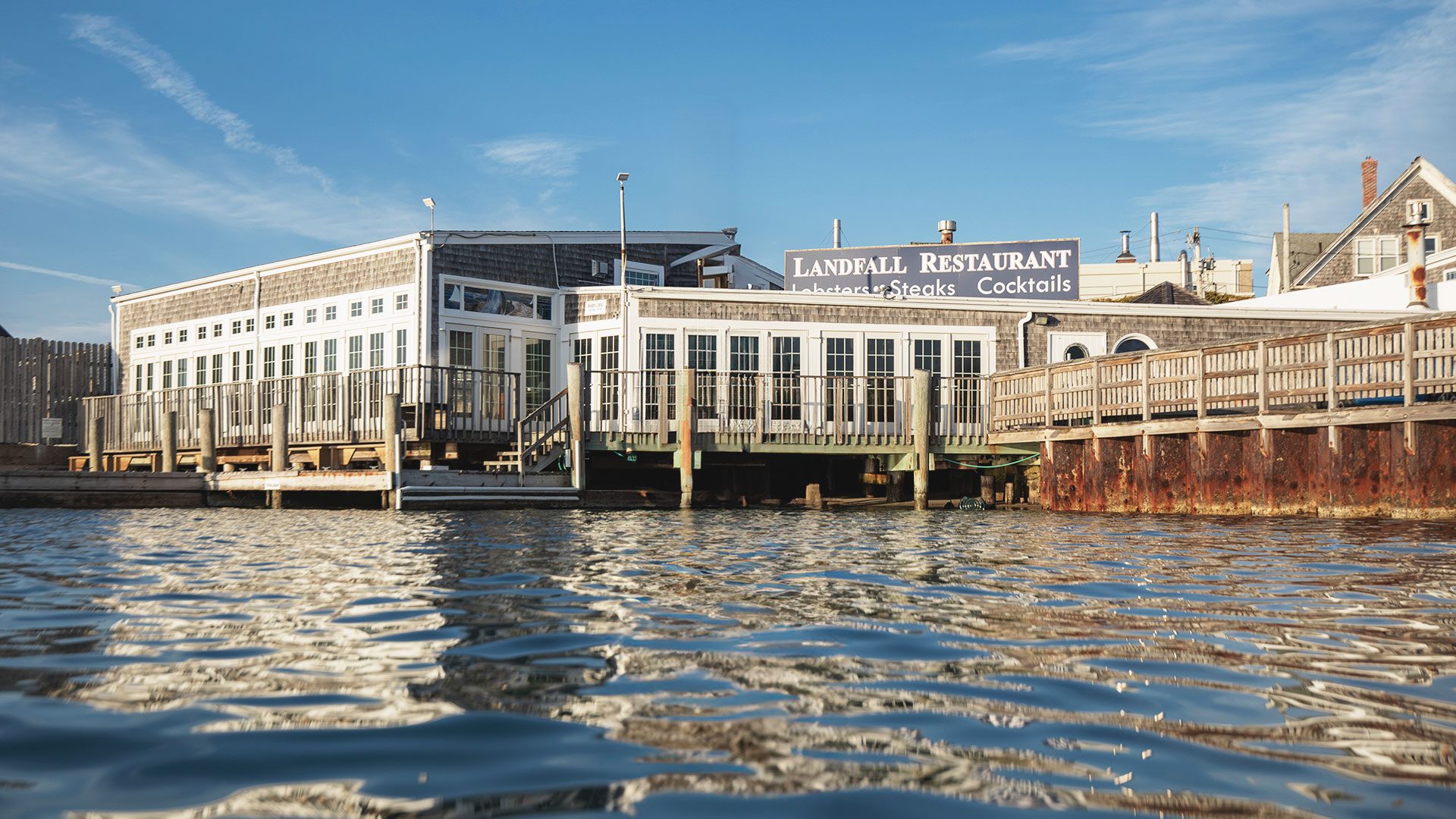If I’m up in the middle of the night, I’m probably thinking about my research.
For over six months, my team, members of WHOI’s LOC-NESS project, have shared the responsibilities of both scientists and public liaisons for a promising climate solution called ocean alkalinity enhancement, or OAE for short. The concept is fairly straightforward: add alkaline substances to the ocean to slightly raise its pH and increase its capacity to absorb planet-warming carbon dioxide. If this project is successful, it could be a massive stride toward a more stable climate (and ocean) for everyone. But dispersing anything into the ocean (good or bad) has to pass through the court of public opinion first, and rightfully so. After all, these waters are a shared resource.
In that vein, my team and I have been on a roadshow of sorts: 42 public engagements, including WHOI’s virtual series Ocean Encounters, science strolls, talks at local breweries, and presentations to the Fisheries Management Council in Massachusetts and Rhode Island. It’s hard work presenting a climate solution to the public. Suddenly, we were talking not just to our community at WHOI, who sees the value of this work, but to a much broader swath of society that has varied cultural, educational, and political backgrounds. Not everyone will approve or value the research we’re doing.
In one case, we had to juggle lab work while putting out the fires of a social media disinformation campaign claiming that we were deliberately harming whales with lye. But in many ways, the scrutiny, the controversy, and yes, even the reward of doing outreach is a process as edifying as the science itself.
We get to hear the lived experiences of these interest groups and communities and then see those experiences reflected in the recorded data. That information helps us better plan and execute these experiments in the water so that they’re both effective and safe. From our surveys of fishermen, we learned about important spawning areas for commercially valuable fish. Indigenous groups like the Wampanoag helped us consider the downstream effects of adding alkaline substances to the sea. Ultimately, these talks helped us shift our field trial location to an area with a less sensitive ecosystem. Suffice it to say, it’s clear we can’t do this work effectively or responsibly without the public.
I’ve learned firsthand that it is possible to change people’s minds about climate solutions they may be apprehensive of. It’s often the case that people come to public discussions about ocean alkalinity enhancement because they’re concerned; perhaps they heard something on social media that winds up being blown out of proportion. But when we get to explain what we’re doing and the scope of the climate problem we’re tackling, you can really feel the temperature in the room come down. People start to acknowledge the importance of our doing this research today and begin to understand the methods we’re using to do it. That gives me a lot of hope.
